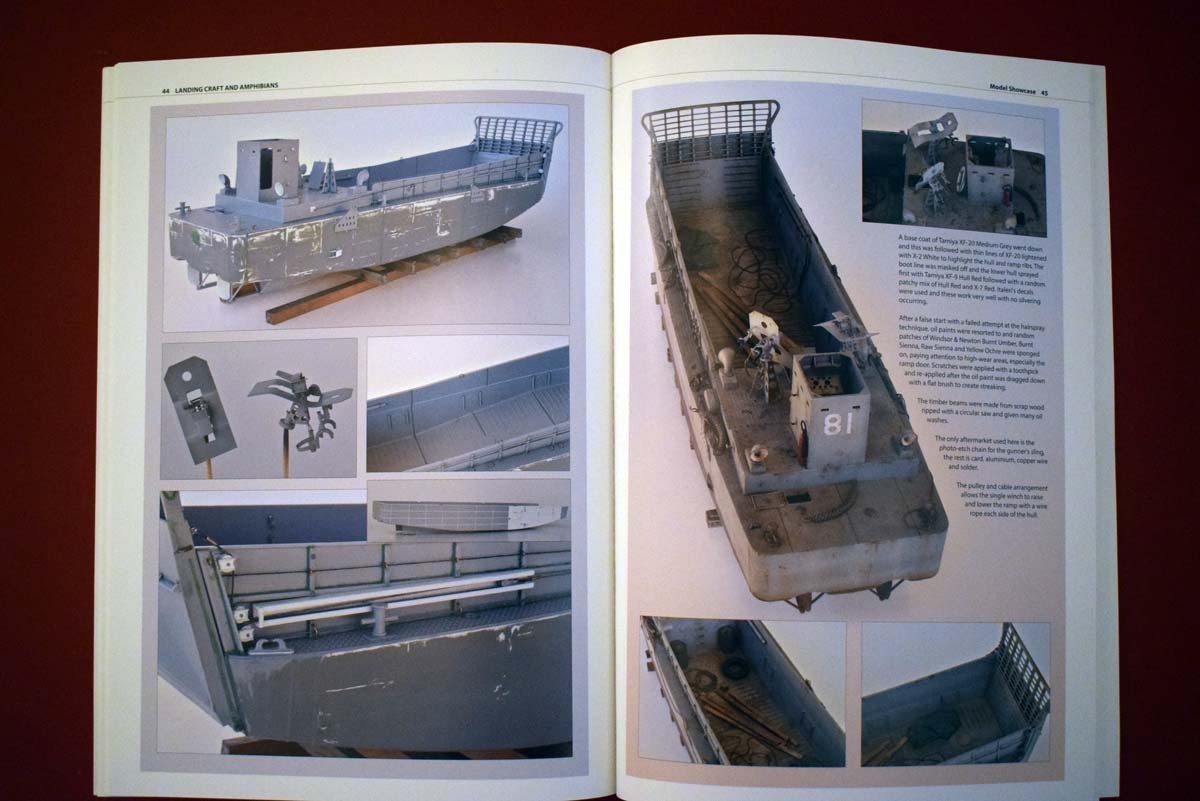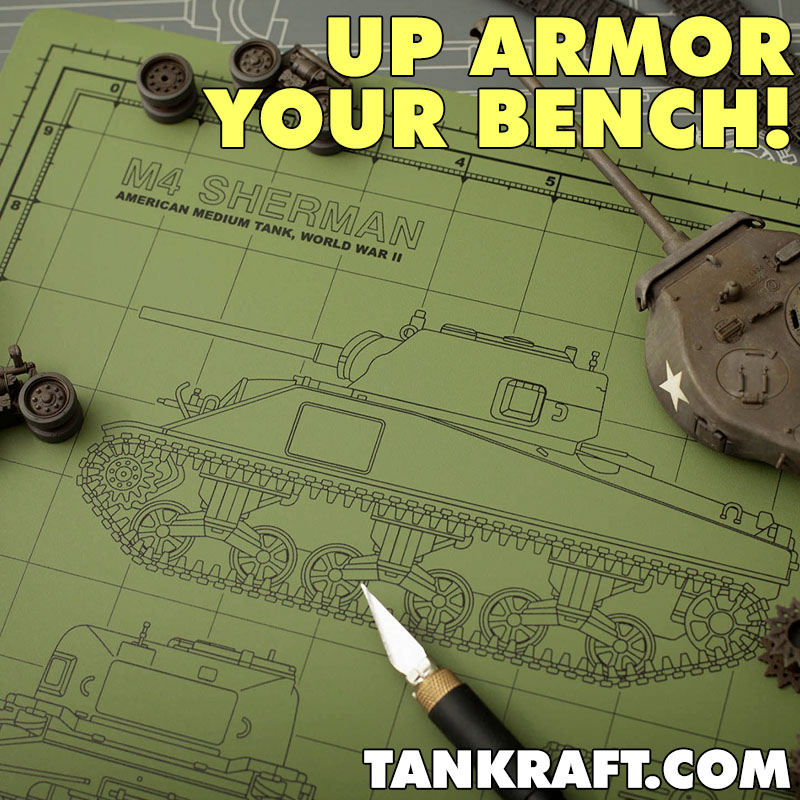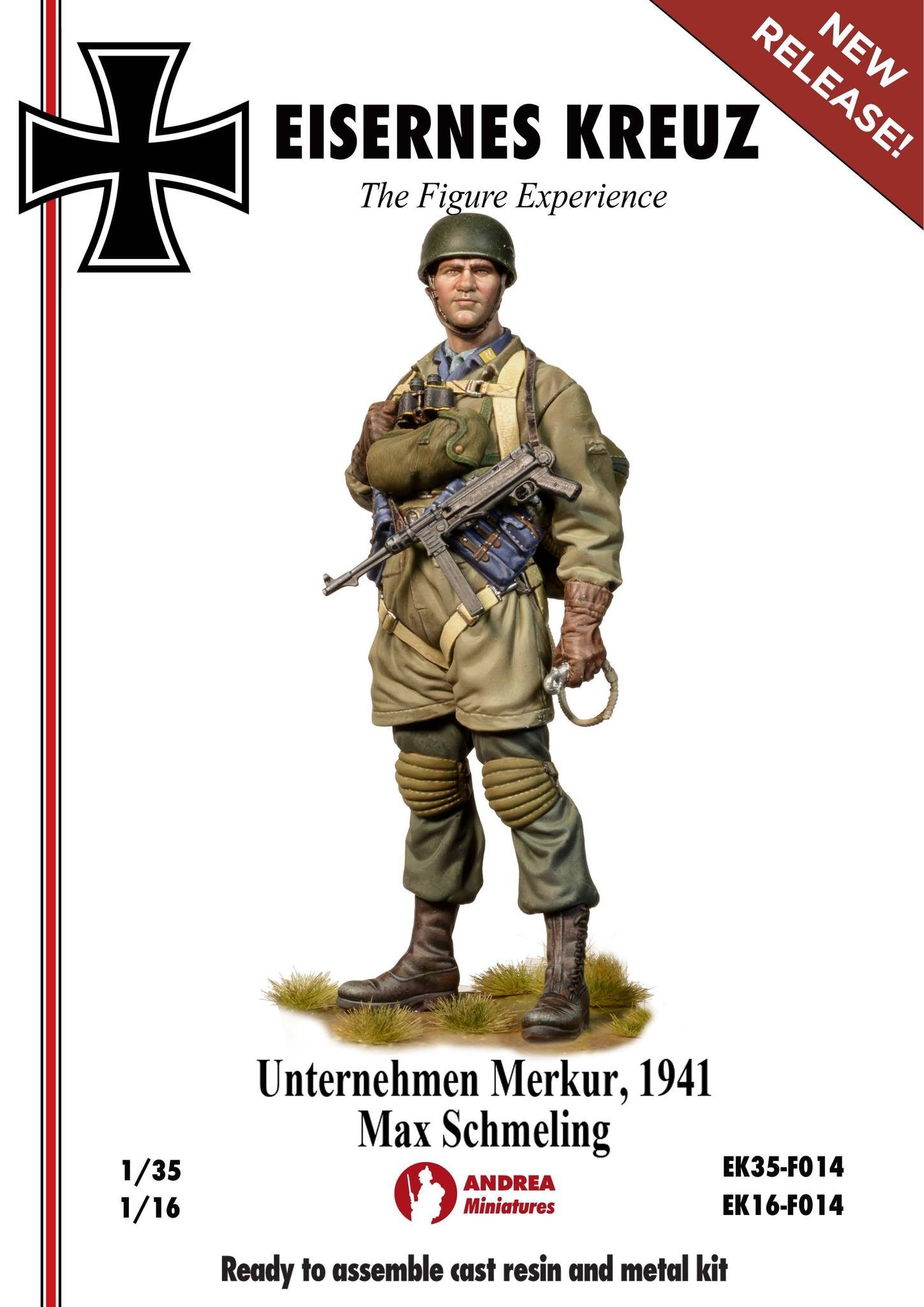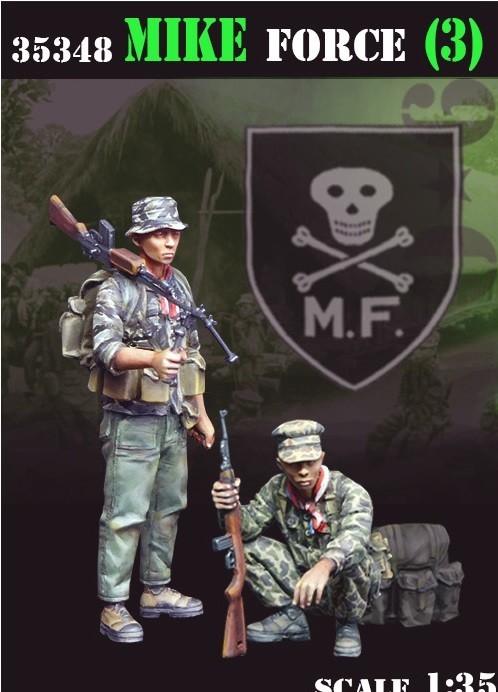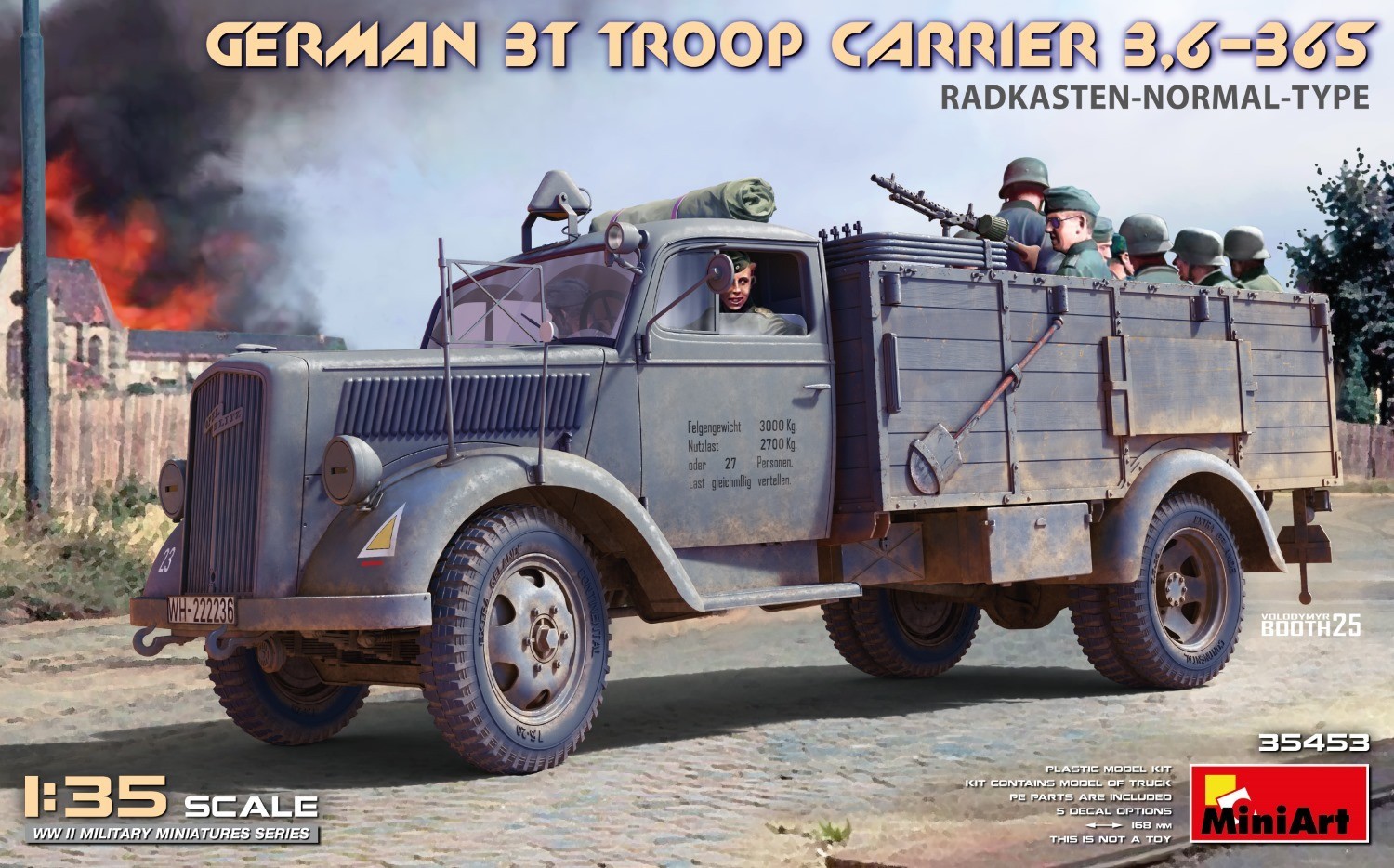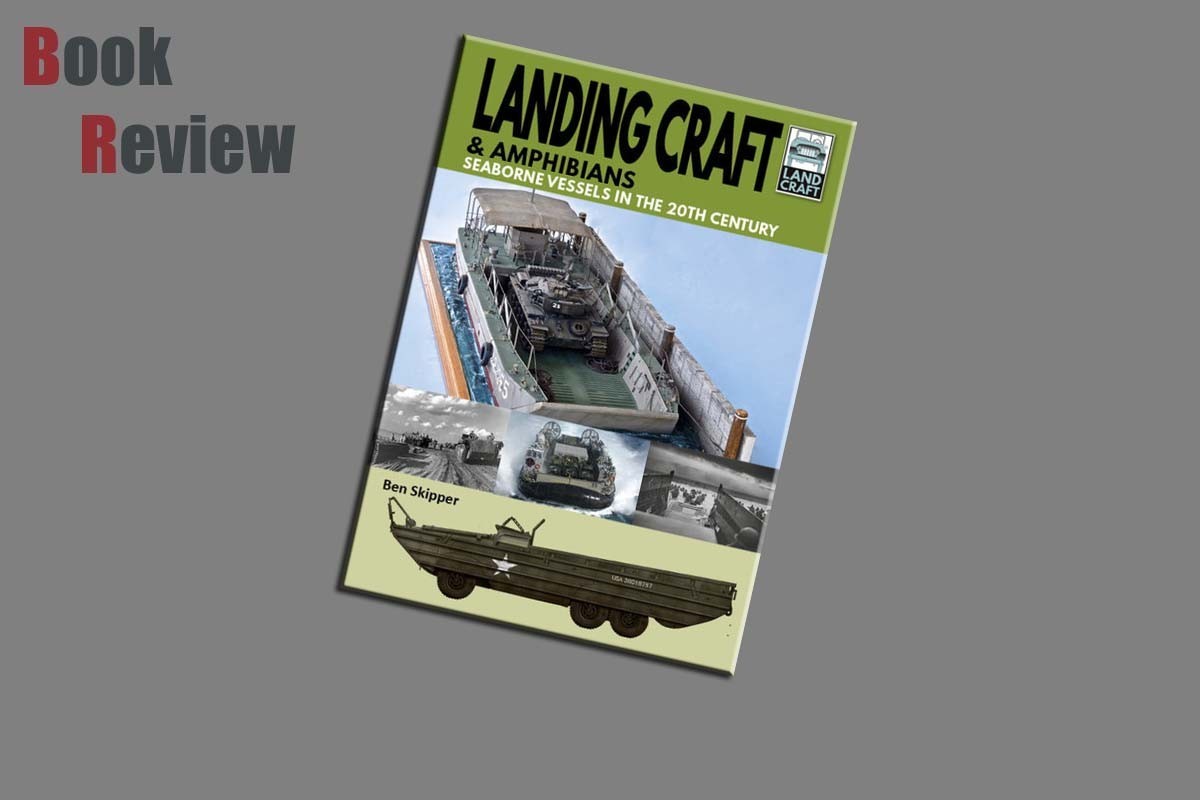
Introduction
The following introduction is taken from the Pen and Sword website:
From the wars of antiquity to the recent events in South West Asia, landing craft and amphibians have been an ever-present seaborne and battle space asset in one form or another for the commander wanting to get boots on the ground. Refined during the Second World War with the introduction of the Amphibian, and again with the perfection of the hovercraft, the landing craft’s finest hour in popular consciousness occurred on 6 June 1944.
This Land Craft title focuses on Landing Craft and Amphibian development during the Second World War as versatile seaborne assets. The book also looks at the post-war evolution of the Landing Craft and Amphibians, and how the simple concepts of their design remain alive and in use almost a century later.
This Land Craft title offers the modeler an exciting range of subjects, era and theatre choices, especially those modelling the Second World War.
Review
This offering from Pen and Sword is authored by Ben Skipper, and released as part of the Landcraft series of books. This is a soft backed book with a good glossy card covers protecting 64 pages of semi gloss paper, and is approximately A4 is size. The contents of this book are presented as follows:
Introduction
Design and Development
Landing Craft Variants
Landing Craft in Detail
In Service and in Action
Camouflage and Markings
Model Showcase
Modelling Products
Amphibious vehicles and landing craft have various levels of appeal to both ship and land vehicle modellers, being a natural cross over point between the two. Despite the limited page count, Ben Skipper has done a good job of bringing together information of various types for the benefit of the modeller. The book begins proper with detail of these vessels and vehicles, how they were used, what they were used for and the changes that affected their on going design. It should be remembered that without the shallow draught of landing craft, D-Day would have been next to impossible to execute, and amphibious vehicles such as the Duck and Buffalo made the invasions of Japanese controlled island possible.
Also covered to a degree, are those vehicles used by the Germans in World War II and even looks at the amphibious tanks that the Japanese had. Moving forward from the Second World War, we are provided with a look at the hovercraft and landing ships that were utilised moving on. Included throughout this area, are some nice period photographs and this is topped off with some close up detailed images of the Duck and EVTs. Roughly in the centre of the book, we are presented with a number of multi angled views of some of the vessels covered in the title, and this provides the modeller with some ideas for finishing models of this type and also enables the picking out of certain details that may otherwise be missed or in some cases obscured.
The final part of the title looks at completed model offerings, kits that are available including conversion sets. The models covered here are:
Landing Craft - Mechanised (LCM) 3 US Navy, Rhine River crossing, March to April 1945 in 1/35th scale by Brian Richardson
Landing Vehicle tracked (LVT) 4 79th Armoured Division, Walcheren November 1944 in 1/35th scale by Brian Richardson
Landing Craft - Mechanised (LCM) 8 Royal Australian Corps of Transport 1965-1967 in 1/35th scale by Brian Richardson
Ford GPA (SEEP) US Army, 1st Infantry Division, Tunisia, March 1943 in 1/35th Scale by Ben Skipper
I appreciate that the model presented by Ben Skipper shows aspects of the build and so my mind in of greater value. After the built model section, we get to see a selection of the amphibious vehicles and landing craft available in a number of scales to the hobby, and also resin conversion sets that can be purchased to make the unusual.
Conclusion
This offering from Pen and Sword in the Land Craft series of books is an offering I particularly like, as unlike some titles I have seen the layout has been well considered. You are presented with the written information first, followed by artists renditions in four way view of some of the vehicles and vessels and then the book moves onto finished models, before closing with some of the kits available and conversion sets for making something a little different. In closing I would like to thank Ben Skipper for having tackled this offering in a logical manner and making it a pleasing addition to the series.


